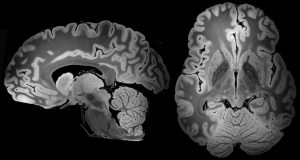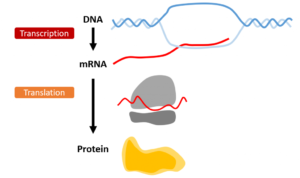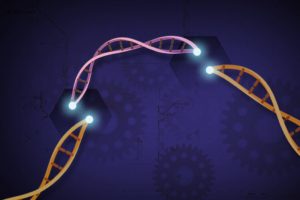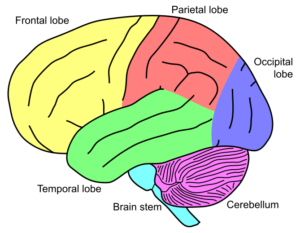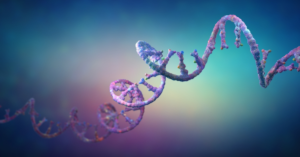
Snapshot: What is recessive ataxia?
What is a recessive disorder? A recessive disorder is one that has a specific disease mechanism. For a recessive disorder to occur, both copies of the causative gene must be mutated for a patient to show symptoms. Ataxias that follow this disease mechanism are known as recessive ataxia. However, having Read More…


